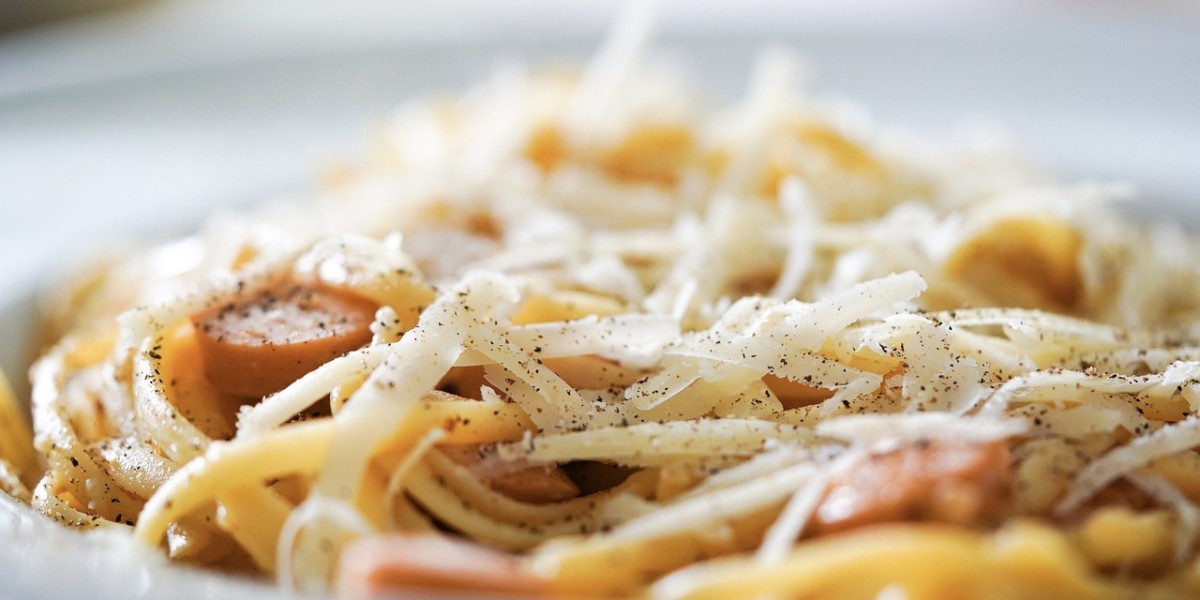Italy is known for its delicious food—pasta, pizza, gelato, and more. But beyond these famous dishes, there’s a hidden world of flavors called the forbidden flavors of Italy. These dishes were once considered underground, illegal, or even taboo. Today, they’re influencing modern Italian cuisine in exciting ways. Let’s see how these forbidden flavors are changing the future of Italian food.
What Are Forbidden Flavors?
Forbidden flavors are foods that were hidden because of cultural taboos, health rules, or secret family recipes. They can be rare delicacies like Casu Marzu (cheese with live maggots) or unusual dishes like Sanguinaccio (sweet blood pudding). Despite their hidden status, these flavors carry rich histories and traditions that are now shaping new culinary trends.
1. Casu Marzu - From Banned to Gourmet
Casu Marzu, the cheese with live insect larvae, was banned due to health laws. But now, it’s found in high-end restaurants because of its creamy, bold taste. Chefs use it in creative ways, like adding it to risottos or pasta sauces. This shows how forbidden flavors can push the limits of traditional Italian cooking.
2. Wild Boar Liver - From Tradition to Modern Plates
Wild boar liver (fegato di cinghiale) was once common in rural Tuscany. Now, it’s back in modern Italian kitchens, especially in restaurants focused on sustainable, wild-sourced food. Chefs pair it with herbs and local wines for a fresh, gourmet twist.
3. Sanguinaccio - Sweet Blood Pudding Gets a Makeover
Sanguinaccio, made with pig’s blood, was once forbidden because of its dark ingredients. Today, chefs are reinventing it with modern flavors like citrus, dark chocolate, and even vegan versions. It’s proof that forbidden flavors can evolve and fit into today’s cuisine.
4. Lardo di Colonnata - From Secret to Star Ingredient
Lardo di Colonnata is cured pork fat aged with herbs in marble troughs. It was a hidden recipe in Colonnata, but now it’s a prized ingredient in gourmet kitchens. Chefs use it to add rich, savory flavor to dishes like roasted vegetables, artisan bread, and more.
5. Truffles - The Forbidden Luxury That Never Left
Truffles, especially the rare white ones from Alba, were once traded secretly because they were so valuable. Today, they’re a luxury ingredient in modern Italian cooking, used to enhance risottos, pasta, and even truffle-infused cocktails.
How Are Forbidden Flavors Changing Italian Cuisine?
The forbidden flavors of Italy aren’t just about adding exotic ingredients. They’re about embracing history, challenging food traditions, and celebrating bold flavors. They show that Italian cuisine isn’t stuck in the past; it’s constantly evolving and open to new ideas.
At Il Contrabbandiere, we celebrate these bold flavors and invite you to explore the forbidden flavors of Italy with us. Ready to taste the future of Italian cuisine?



